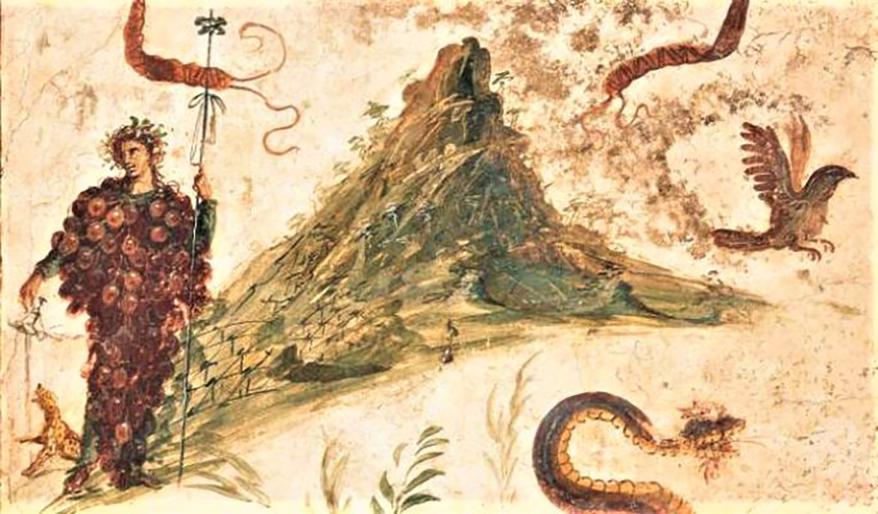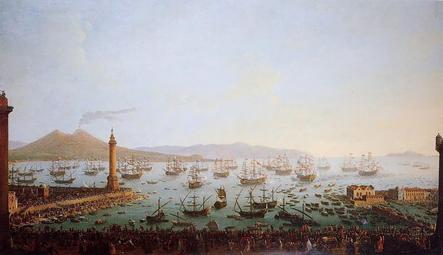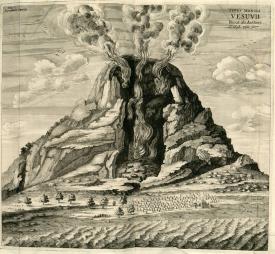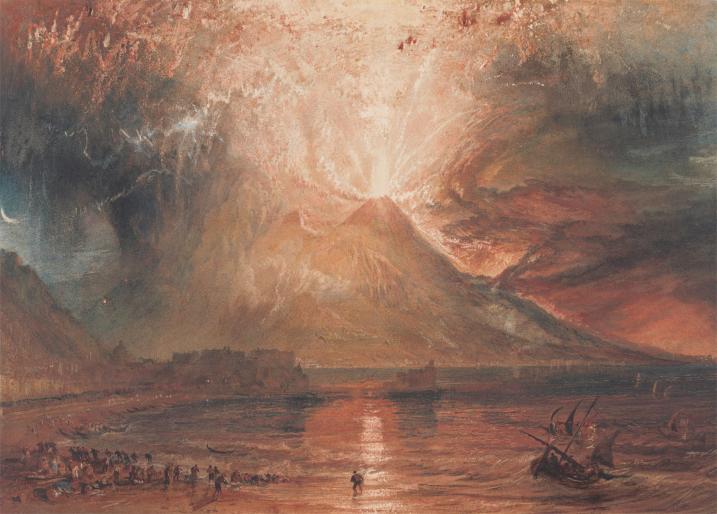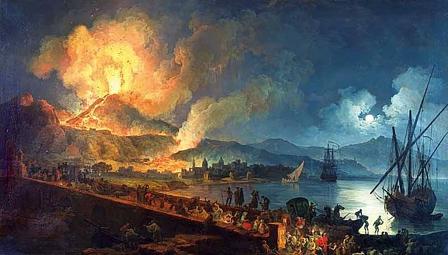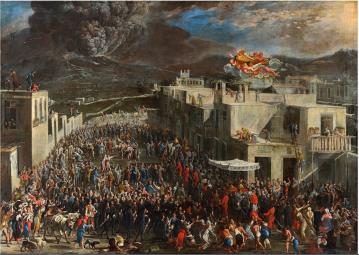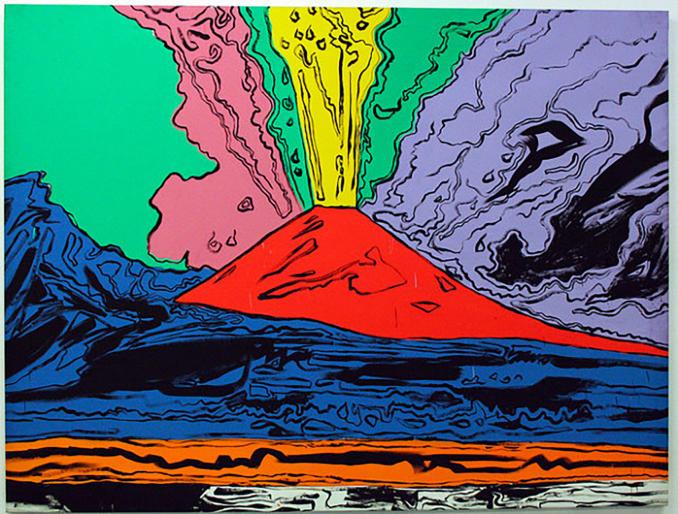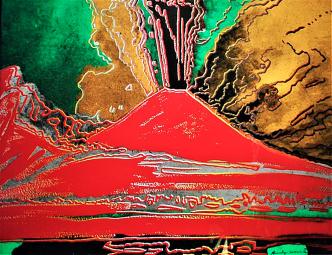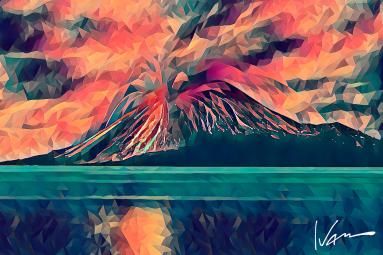The role of Vesuvius in ancient art
Throughout the centuries Mount Vesuvius has been the protagonist of several artworks, imposing itself as a symbol of Neapolitan culture.
The first works depicting Vesuvius date back to the 1st century A.D. where we can admire the mountain before the many eruptions modified its structure.
Later on, in the 18th century it was used in topographical representations or as an exercise in style. For example, Gioacchino Toma studied the variations of light during the day by painting Vesuvius at different times of the day, similar to what the French painter Cézanne did.
